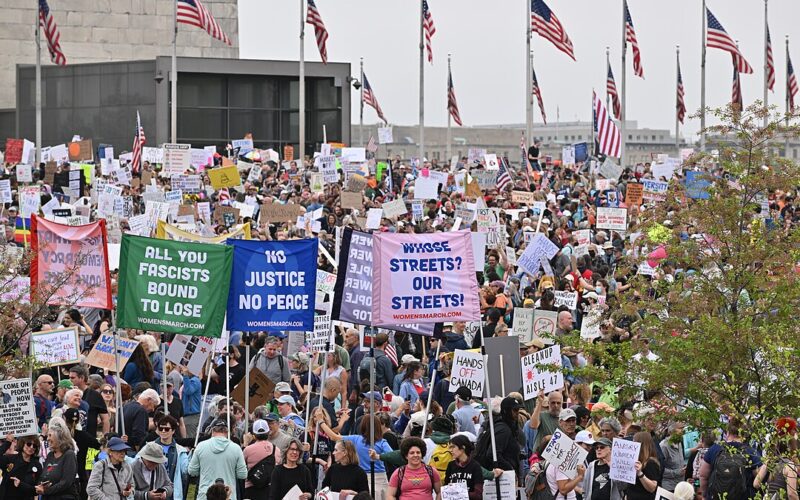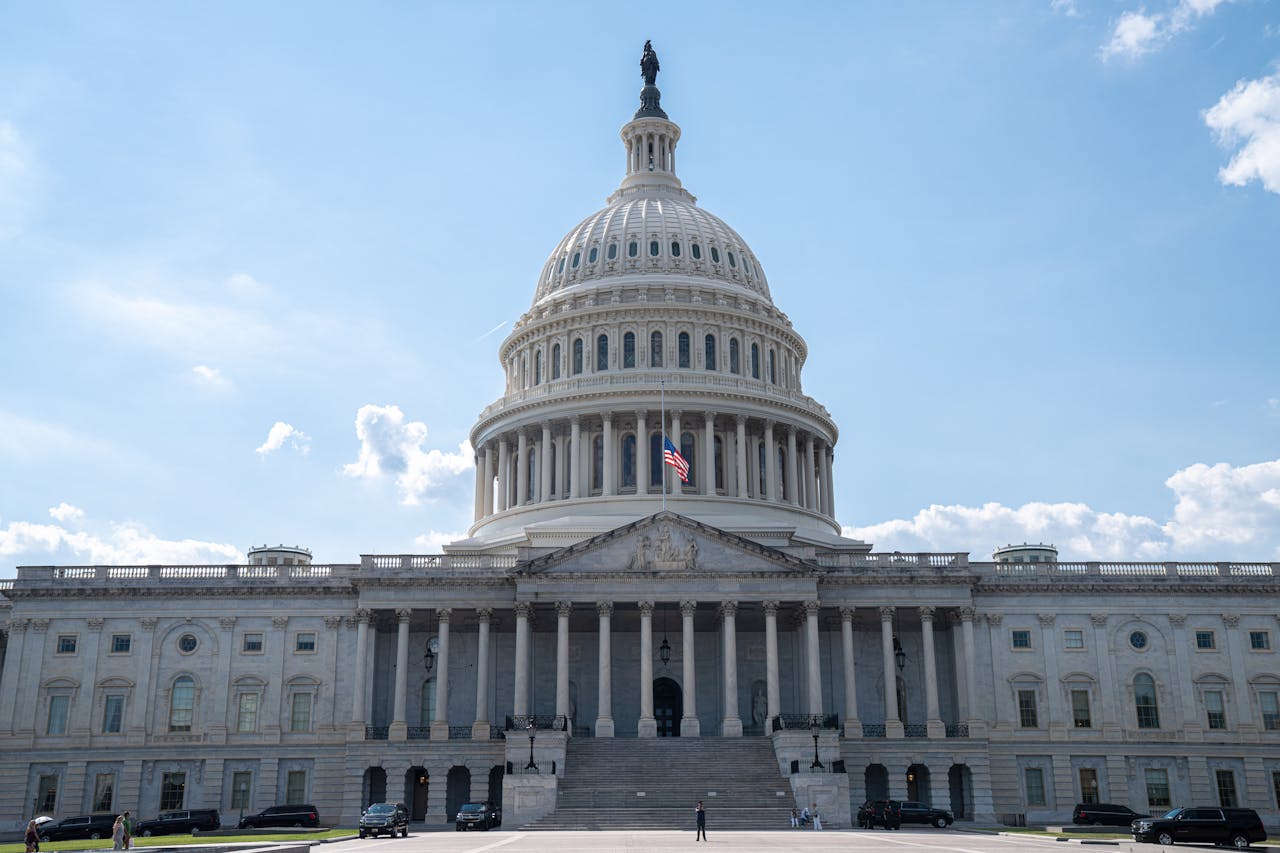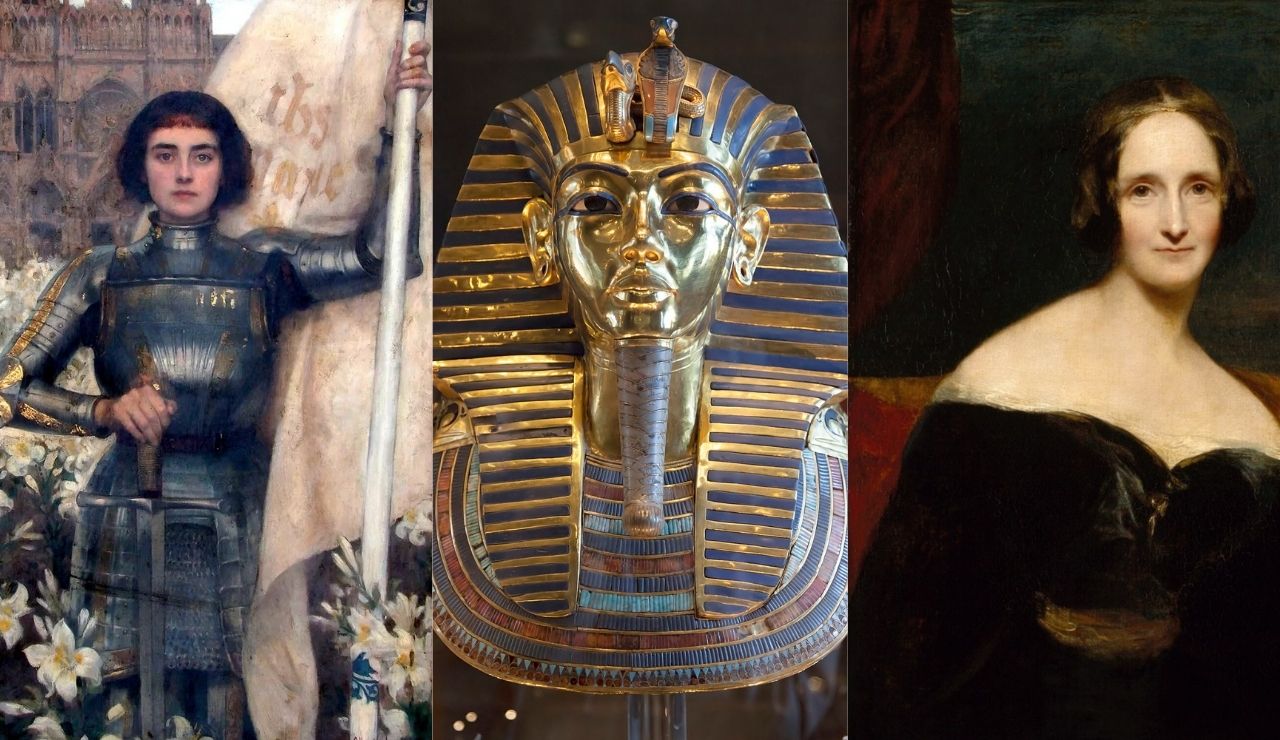Think youth activism, and you probably imagine marches in Washington or protests in New York. But some of the most powerful, youth-driven social movements happened far from the spotlight. In quiet towns and overlooked cities, teens and college students ignited change that reshaped the country. From civil rights sit-ins to underground newspapers and anti-war protests, these places show how youth movements thrive even off the radar. Let’s explore ten U.S. cities that deserve more credit for the part their young people played in shaping history.
1. Greensboro, North Carolina
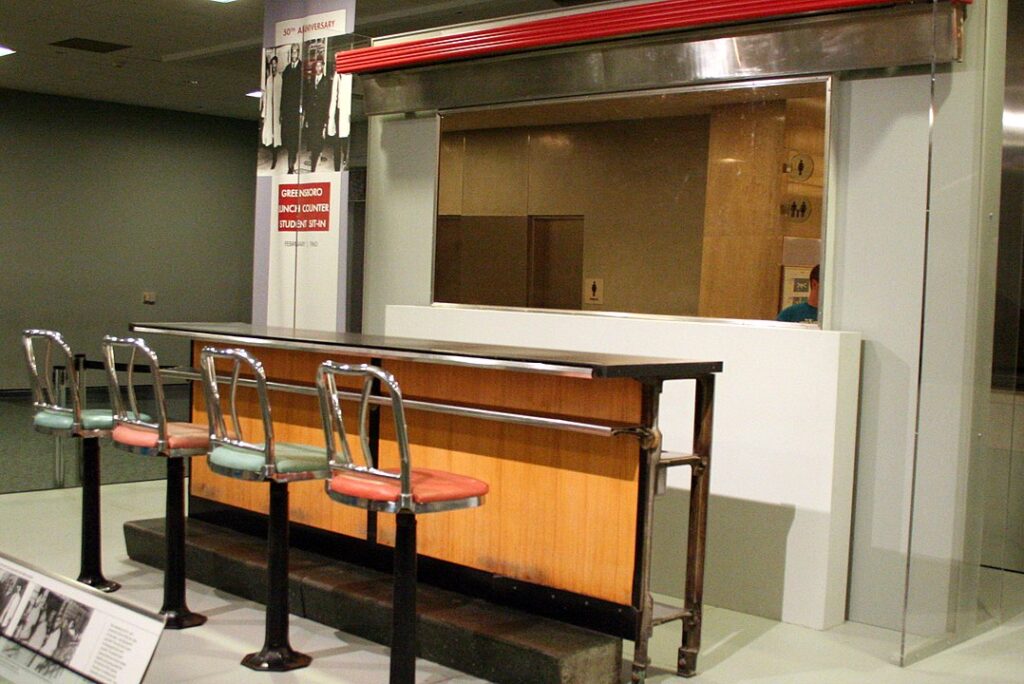
In 1960, four Black students in Greensboro staged the Woolworth’s lunch counter sit-in, sparking a nationwide wave of youth-led protests. The city became a civil rights landmark, with young organizers leading voter registration drives, marches, and boycotts. Their courage inspired students across the country. While other cities grabbed headlines, Greensboro’s youth quietly shifted the national narrative. It was proof that real change could start with a simple refusal to move, and a lot of determination from young, brave voices demanding equality.
2. Lawrence, Kansas
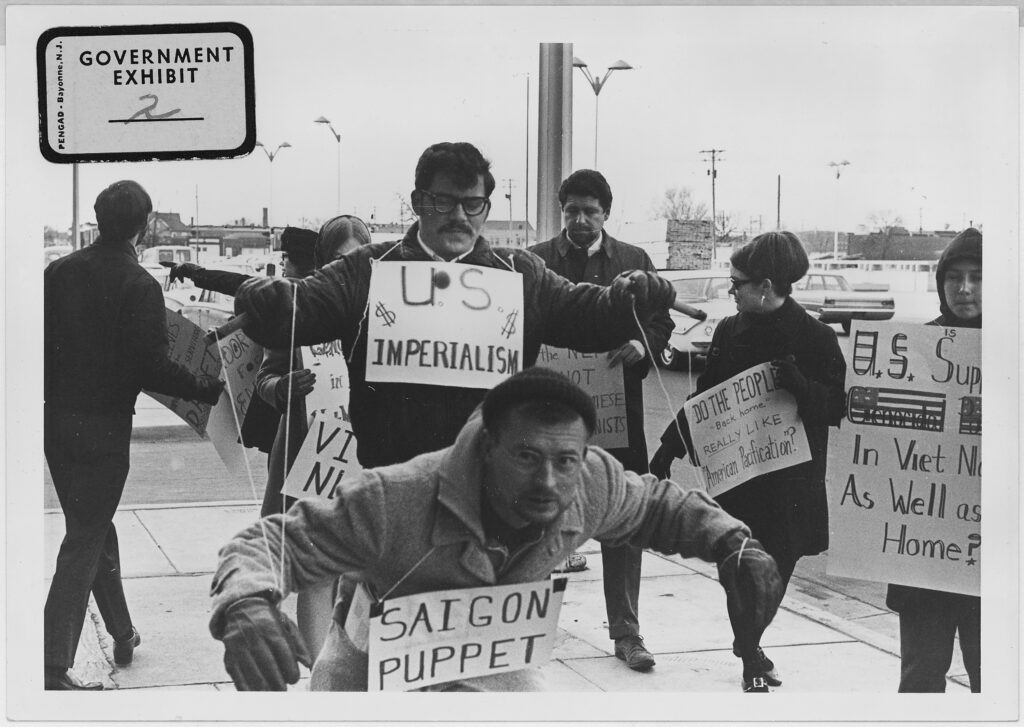
Lawrence became a Midwest center for youth resistance in the 1960s and ’70s. Students protested the Vietnam War, organized underground newspapers, and turned dorm rooms into planning centers for marches. The University of Kansas was at the heart of this movement, fueled by teens who challenged norms and disrupted the status quo. Lawrence may not be famous nationwide, but its young people made noise that shook systems of power. Their actions showed that even smaller towns can become strongholds of student defiance.
3. Berkeley, California
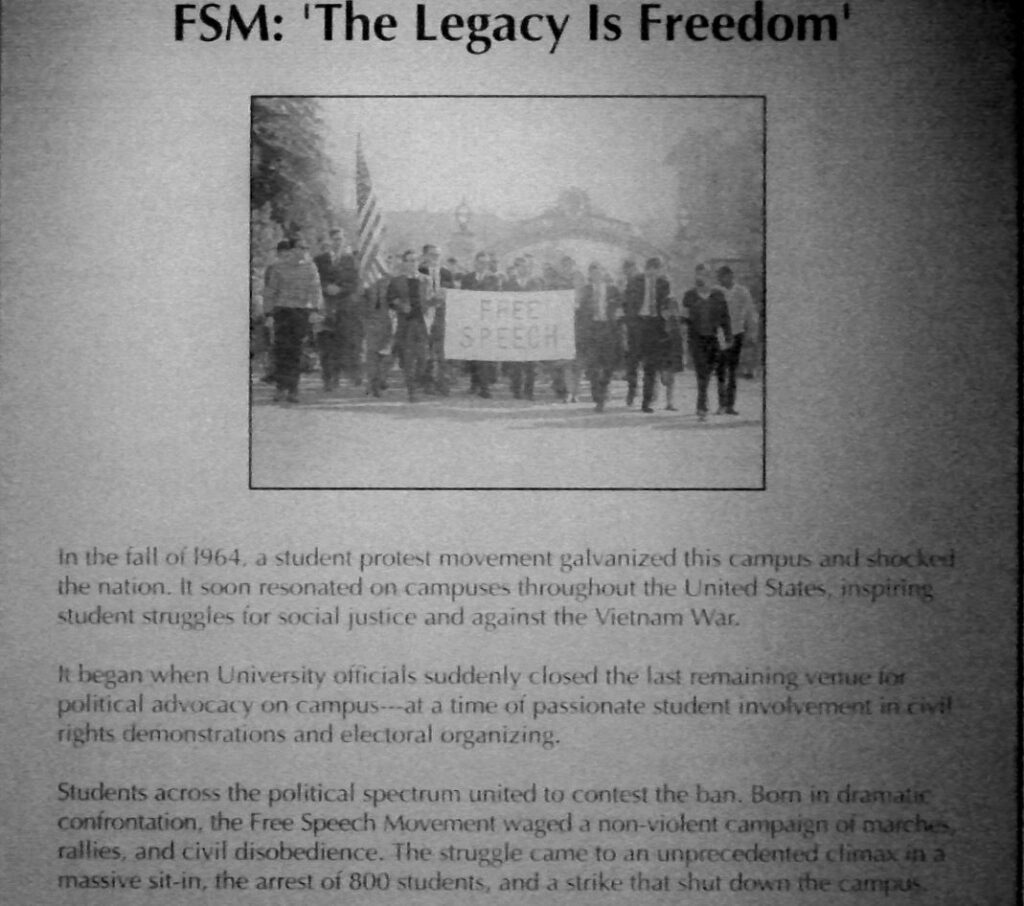
The Free Speech Movement at UC Berkeley in 1964 was led by students demanding the right to political expression on campus. Their efforts launched a wave of activism across universities nationwide. Teens and twenty-somethings held sit-ins, organized anti-war protests, and turned classrooms into platforms for change. Berkeley became a haven for youth rebellion, blending intellect with bold resistance. While the city gets some credit, many forget just how central its students were in redefining the voice and role of young people in society.
4. Madison, Wisconsin
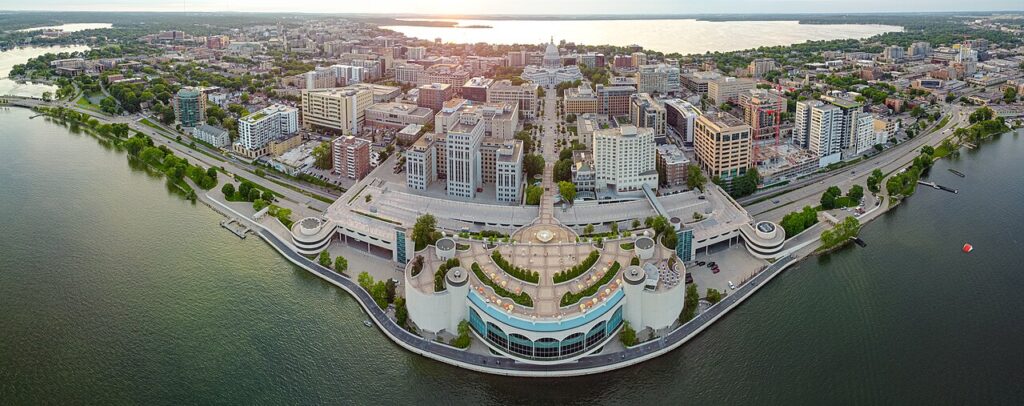
Madison was a powerhouse of student activism in the ’60s and ’70s, especially at the University of Wisconsin. Anti-war protests often turned tense, with police clashes and mass arrests. But students stayed committed, organizing against racism, the draft, and injustice. Madison’s youth didn’t wait for permission, they demanded change. The city earned its “Berkeley of the Midwest” nickname for good reason. Its teens and college kids became known for their fearless organizing and refusal to back down, even when things turned violent.
5. Ann Arbor, Michigan
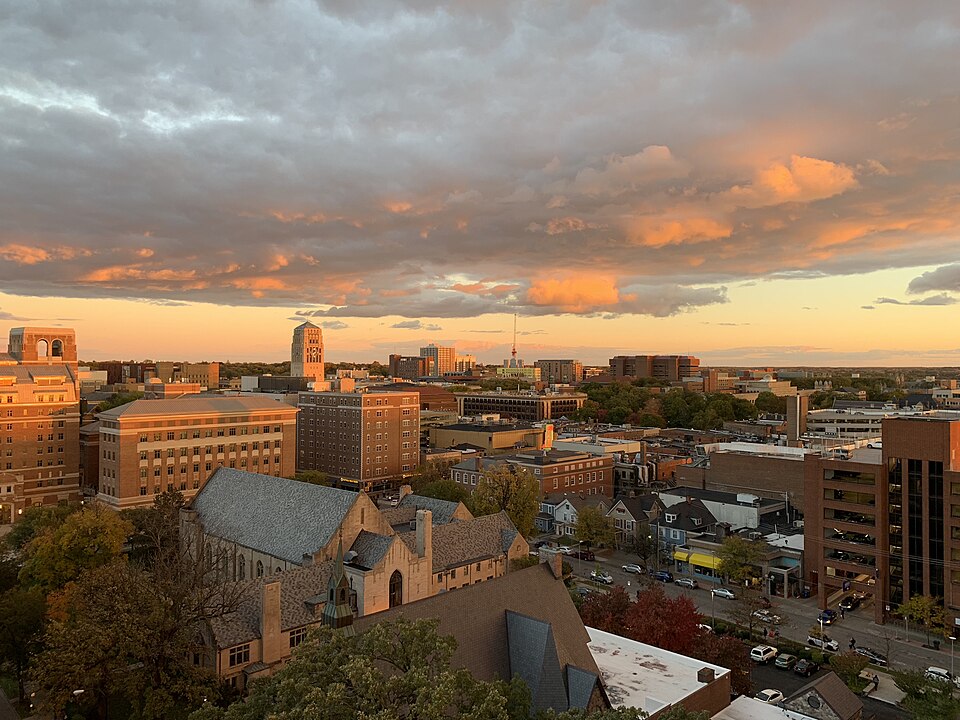
Ann Arbor lit the spark for many national youth movements. In 1965, it hosted the first “teach-in” protesting the Vietnam War. From there, students pushed for women’s rights, racial justice, and environmental protections. Radical bookstores, co-ops, and punk shows added fuel. Ann Arbor’s teens didn’t just protest, they built alternative systems. The University of Michigan campus became a playground for change, where ideas turned into actions. Though often overshadowed by bigger cities, Ann Arbor helped train generations of grassroots youth leaders.
6. Eugene, Oregon
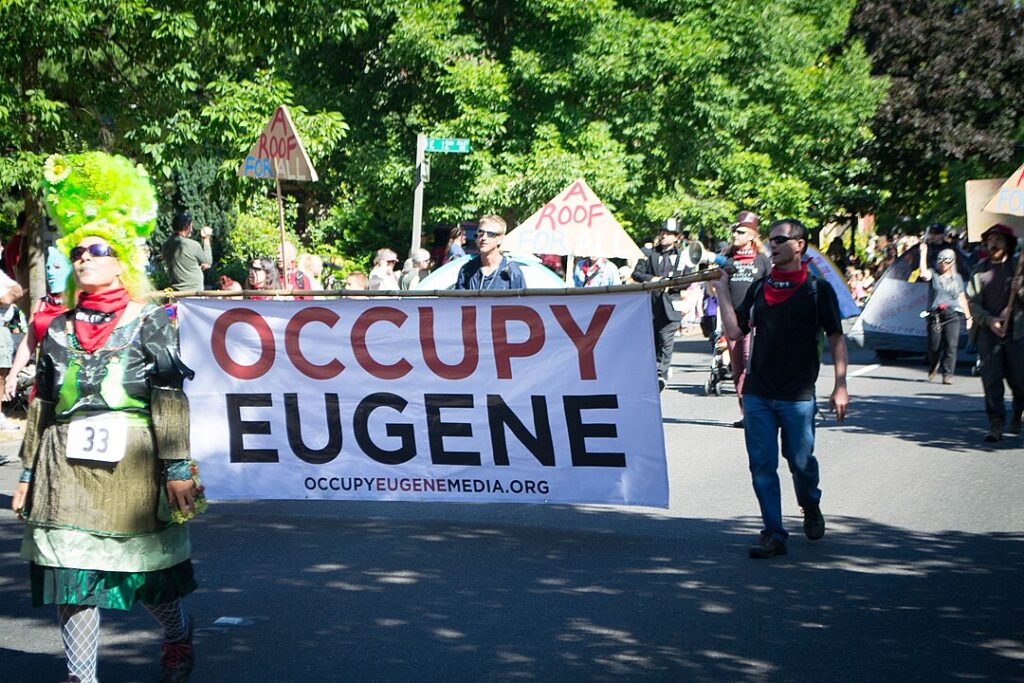
Eugene was a West Coast hub for youth-led rebellion, though it’s often left out of national narratives. In the ’60s and ’70s, young people founded communes, launched environmental groups, and rejected materialism through activism. The city later became known for radical anarchist organizing and green politics. Teens here didn’t just oppose the system, they built alternatives. With tie-dyed protests and punk shows in church basements, Eugene’s youth fused counterculture with cause. It’s still a hotspot where teens speak out, build, and resist.
7. Boulder, Colorado
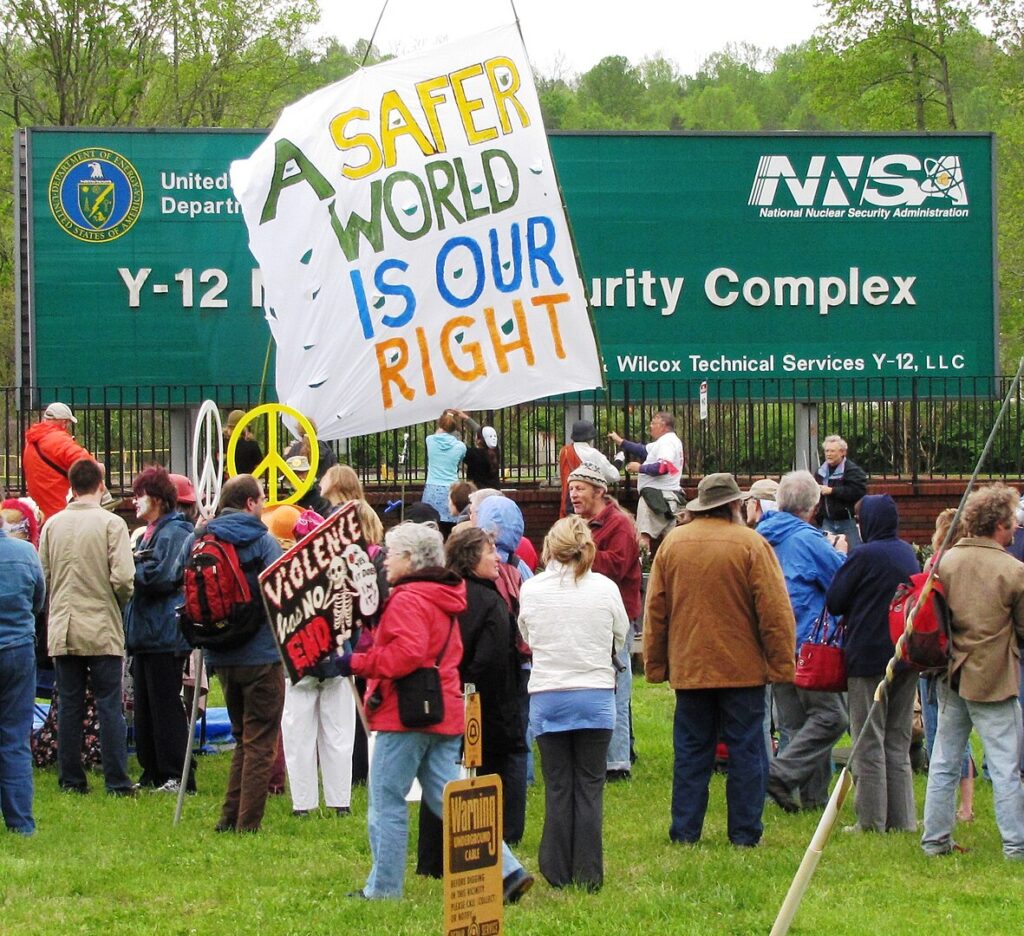
Boulder’s youth helped shape green activism and anti-establishment culture. In the ’70s, students protested nuclear weapons, launched alternative newspapers, and advocated for natural living. Boulder teens embraced counterculture through everything from campus sit-ins to organic food co-ops. The Rocky Mountain air seemed to carry radical ideas, and students soaked it in. This town may seem peaceful now, but its past holds stories of fierce young voices challenging authority. Boulder teens once made their city a basecamp for change, not just hiking.
8. Athens, Georgia

Athens is famous for music, but its youth scene was deeply political too. In the ’80s and ’90s, teens and twenty-somethings channeled resistance through indie bands, zines, and DIY culture. Music became the message. Groups like R.E.M. and the B-52s inspired kids to speak out on nuclear war, homophobia, and injustice. Teen-led scenes bloomed in record shops and basements. Athens youth used creativity to critique the system, and it worked. The city reminds us that rebellion can come with a beat, not just a banner.
9. Santa Cruz, California
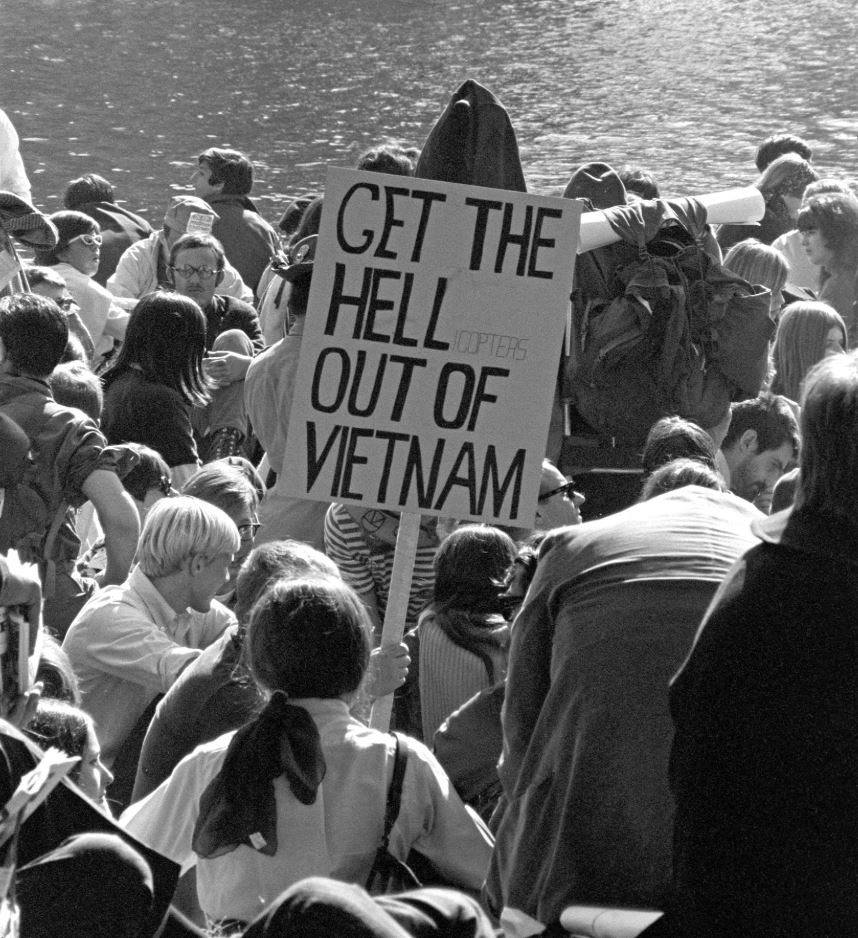
Santa Cruz youth blended beach life with bold activism. College students led anti-war protests, environmental movements, and counterculture festivals. In the ’70s and ’80s, they created a scene where surfing and protesting went hand in hand. Teens organized marches, boycotts, and art events that questioned corporate power and environmental neglect. Santa Cruz’s laid-back image hid a deep radical streak. Its young residents weren’t just chill, they were change-makers. The waves weren’t the only thing breaking here, so were outdated systems and norms.
10. Durham, North Carolina
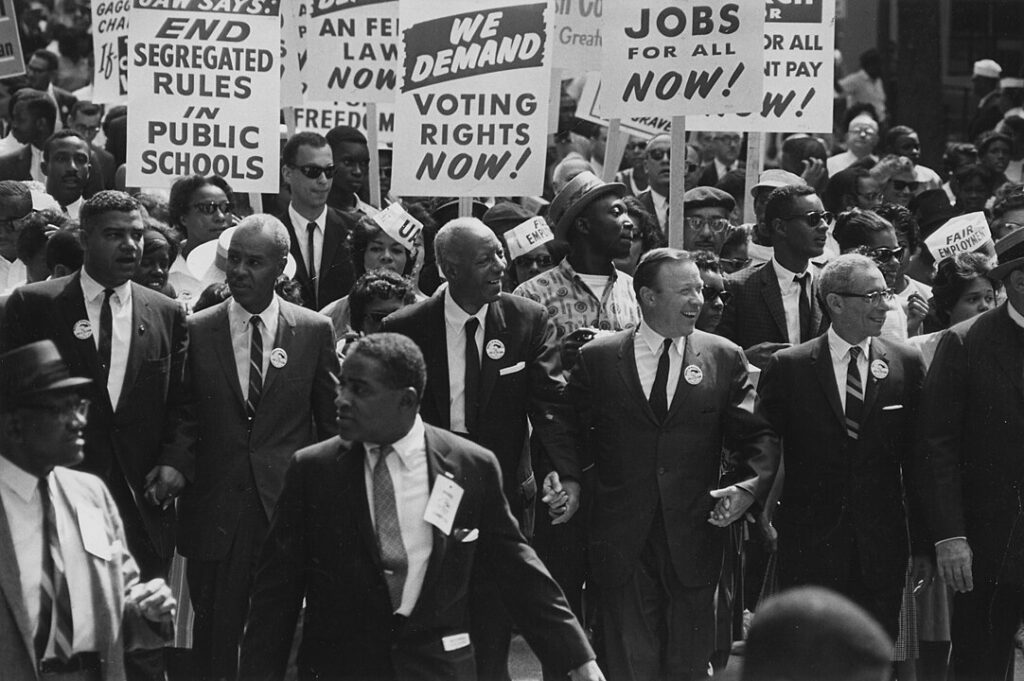
Durham was a hidden engine of civil rights energy, powered by young Black activists. Students at North Carolina Central University and local high schools launched sit-ins, challenged segregation, and organized voter drives. The youth movement here didn’t get much press, but it built deep community change. Teens pushed for representation, justice, and education reform long before the national media took notice. Durham’s history proves that even smaller Southern cities were filled with young warriors for justice, quietly, steadily changing the course of history.
